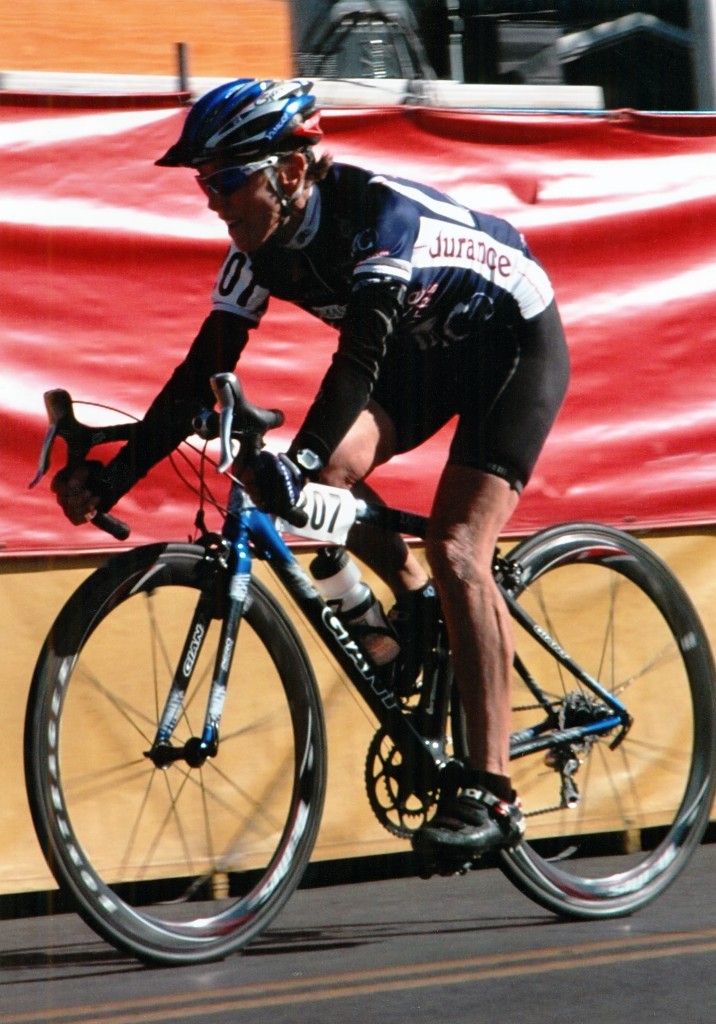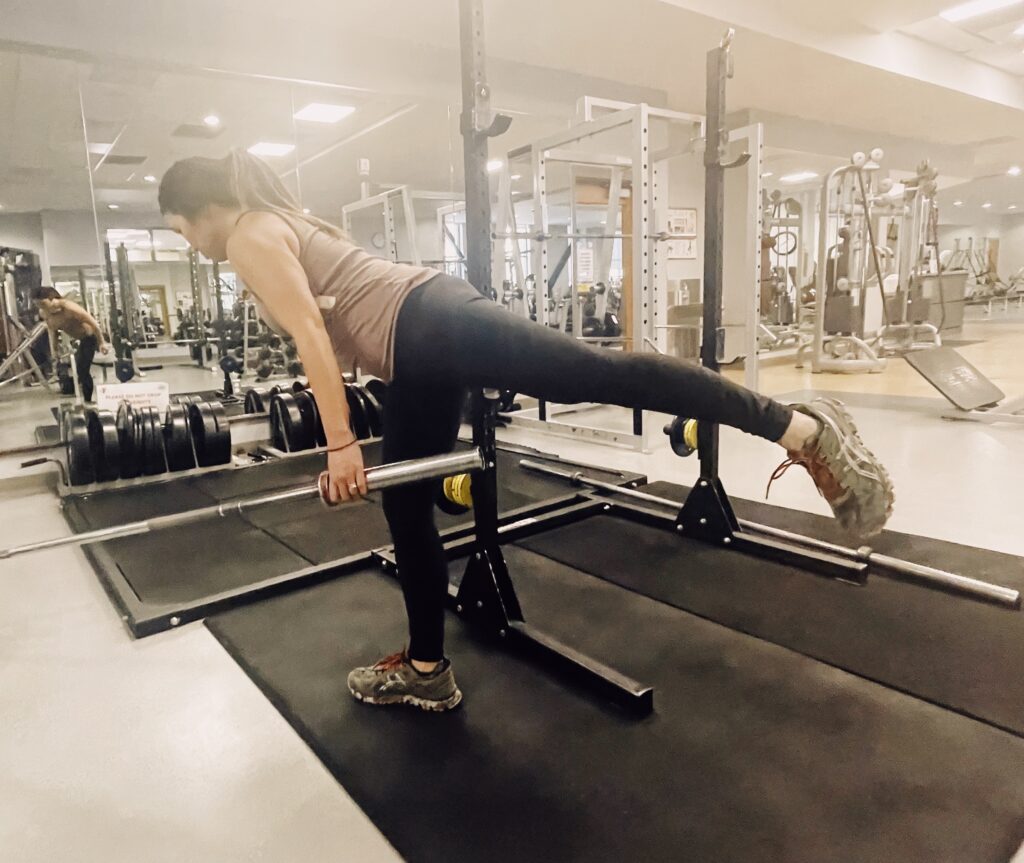
You know you could always use a little extra strength. Strong legs, in particular, will help you excel in activities such as running, hiking, tennis and skiing.
More importantly, strength is a key component to avoiding injuries. If you are looking to up your game and need a leg and core strengthener, try the landmine single-leg Romanian deadlift. Don’t be intimidated by the name!
If we break it down, the base move—a deadlift—is a bend-and-lift movement. It’s simply picking up a stationary weight off the floor, with no momentum. The landmine single-leg Romanian deadlift will target your posterior chain; the hamstrings, gluteal muscles and the core. It’s a unilateral movement that builds stability, strength and power throughout the posterior chain. Performing it provides you a unique training effect because you combine elements of a free-weight and machine-based exercise. Furthermore, this particular lift will really activate the muscles located through the core to maintain proper form throughout the full range of motion.
Landmine deadlift is a type of deadlift that features a barbell placed in a Landmine attachment. This particular attachment safely anchors the barbell to the floor. If you don’t have access to one, simply wedge the barbell in the corner of two walls.
The biomechanics of so many sports involve the power and strength of one leg, (running, soccer and football) so developing unilateral strength is important. In reality, most time in daily life is spent on one leg or the other, with minimal time on both legs. Any time you perform a single leg exercise, the inherent instability is a wonderful training stimuli. A good coach or trainer uses varieties like this landmine squat not only to prevent staleness or overtraining in a program, but to encourage proper form. Train like an athlete, with proper alignment and stability of the spine in the deadlift and any other exercise you choose.
Starting position
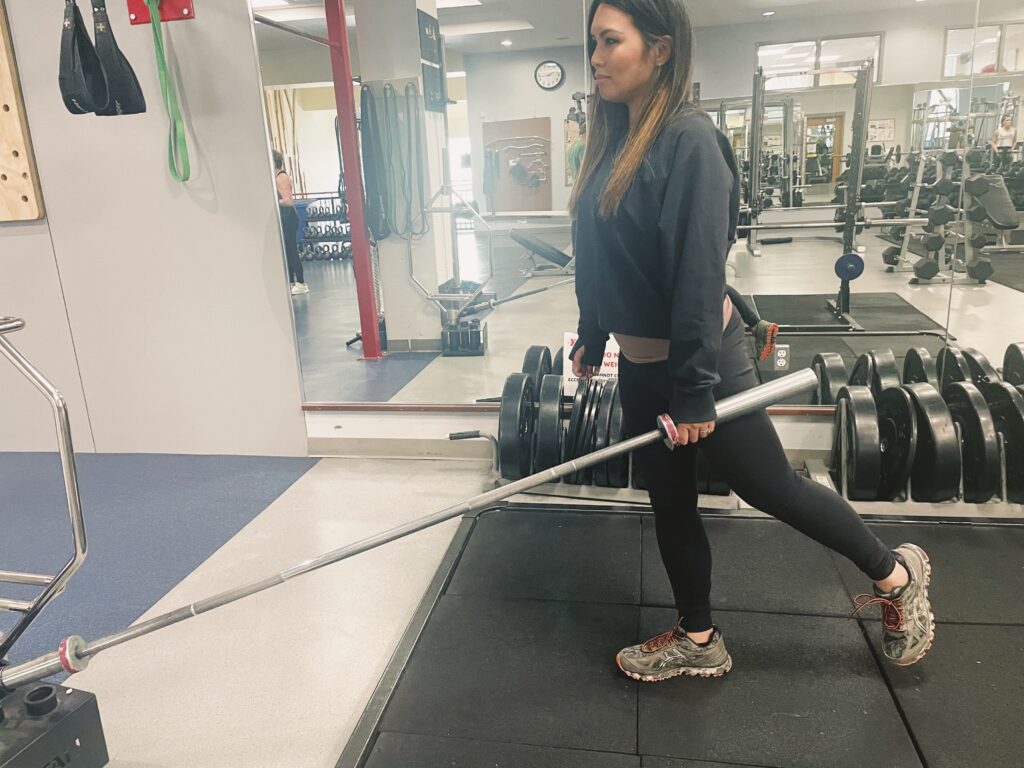
Start in an upright position while holding the bar close to your body. Hold the hand opposite your planted foot at hip level.
Maintain a slight bend in the knee, and push through the heel of the standing foot.
Keep your shoulders relaxed, head and eyes up (or in line with your spine), and core engaged.
Lower the bar by flexing at your hips, as one leg lifts back up off the floor.
Tip: Focus on moving the rear leg and torso as one unit, maintaining postural control.
Return to the starting position
Once you reach the bottom of the move, quickly contract the glutes and hamstrings to drive the non-weight-bearing leg back to your starting position.
For newbies:

Start by practicing a traditional Romanian deadlift using a free weight. Make sure the hip doesn’t “open up” as the bar gets closer to the floor.

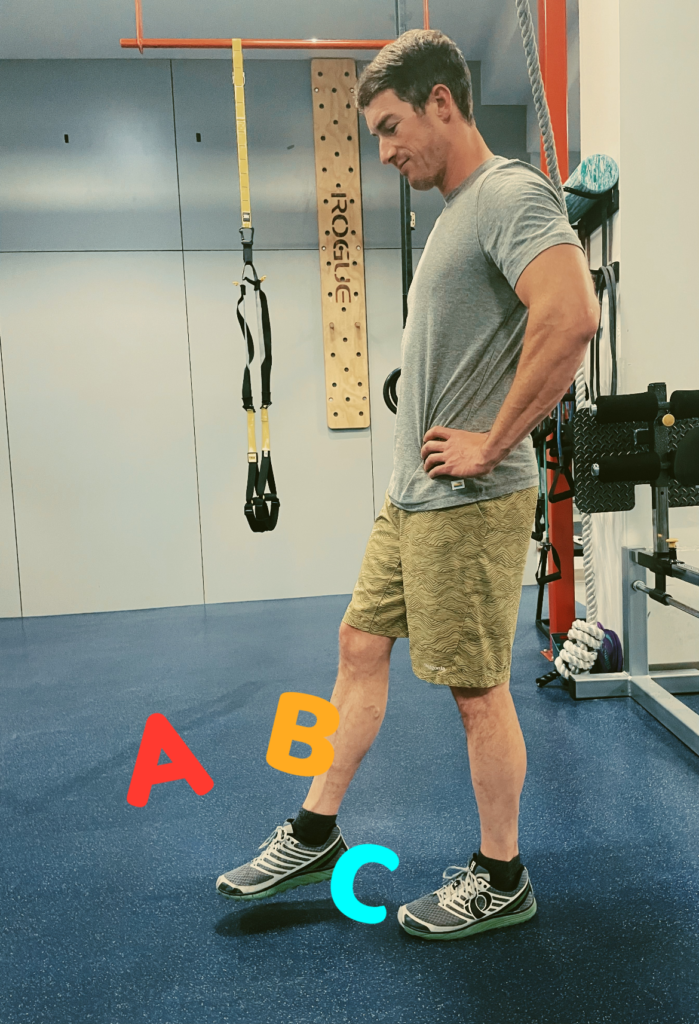
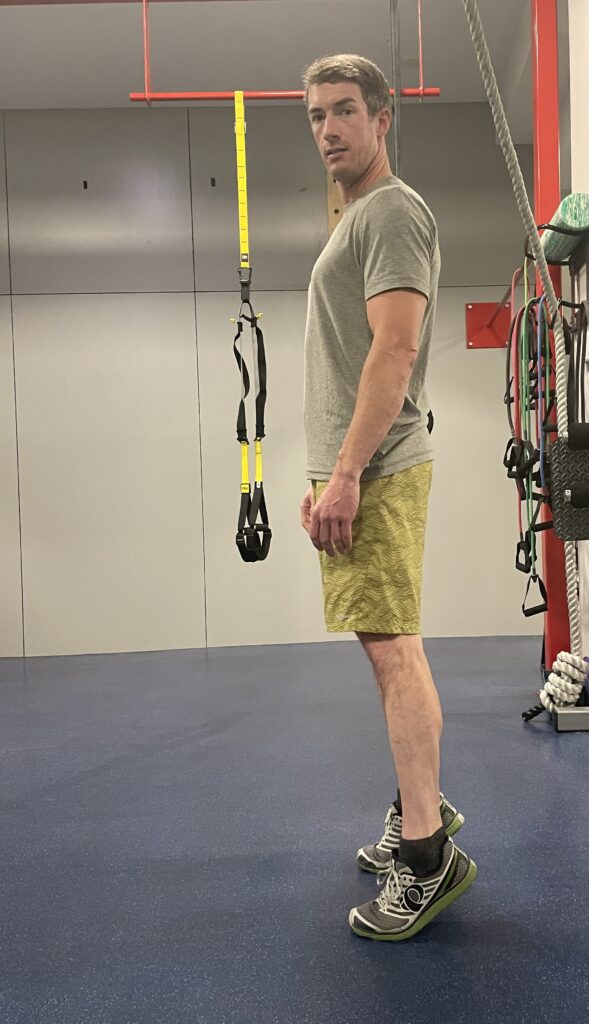
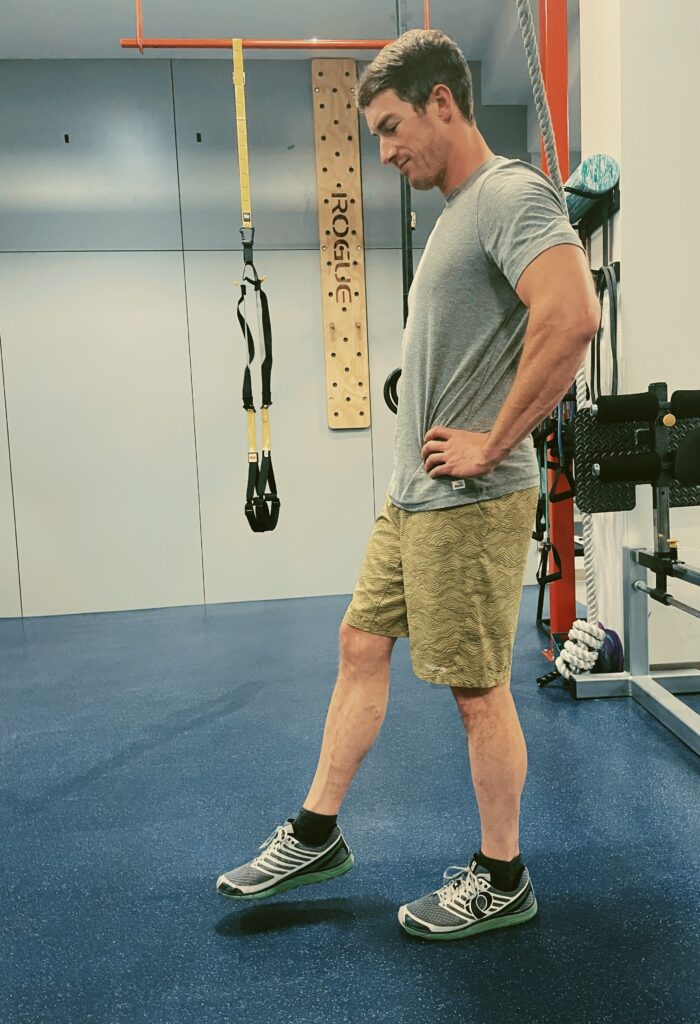

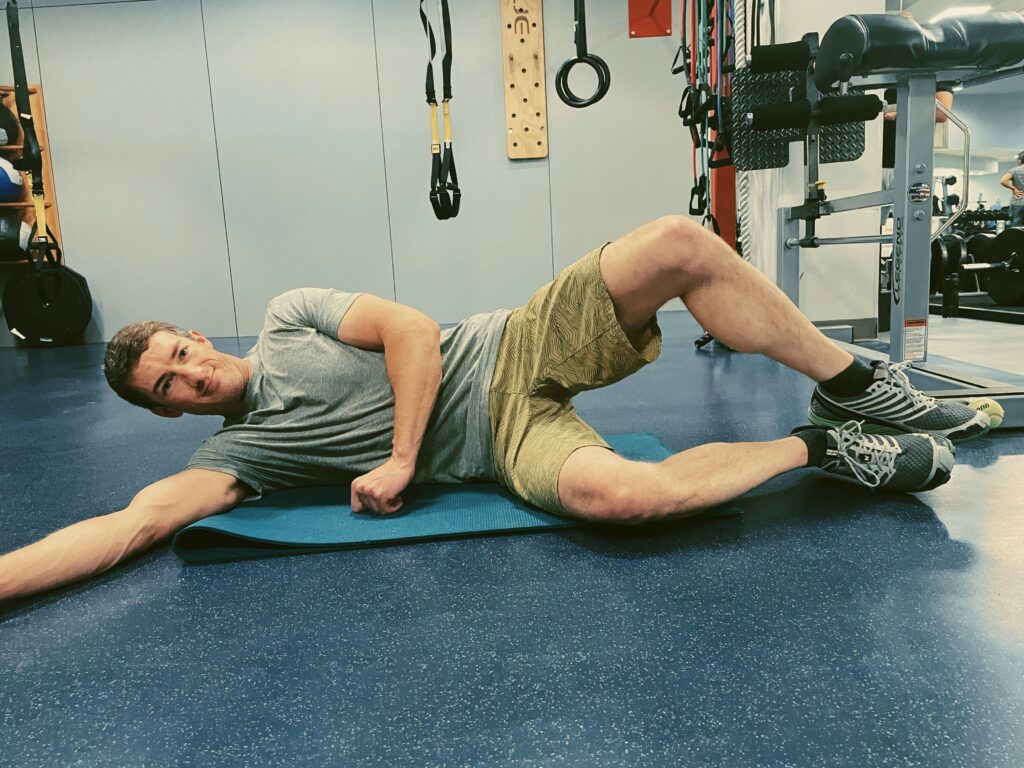
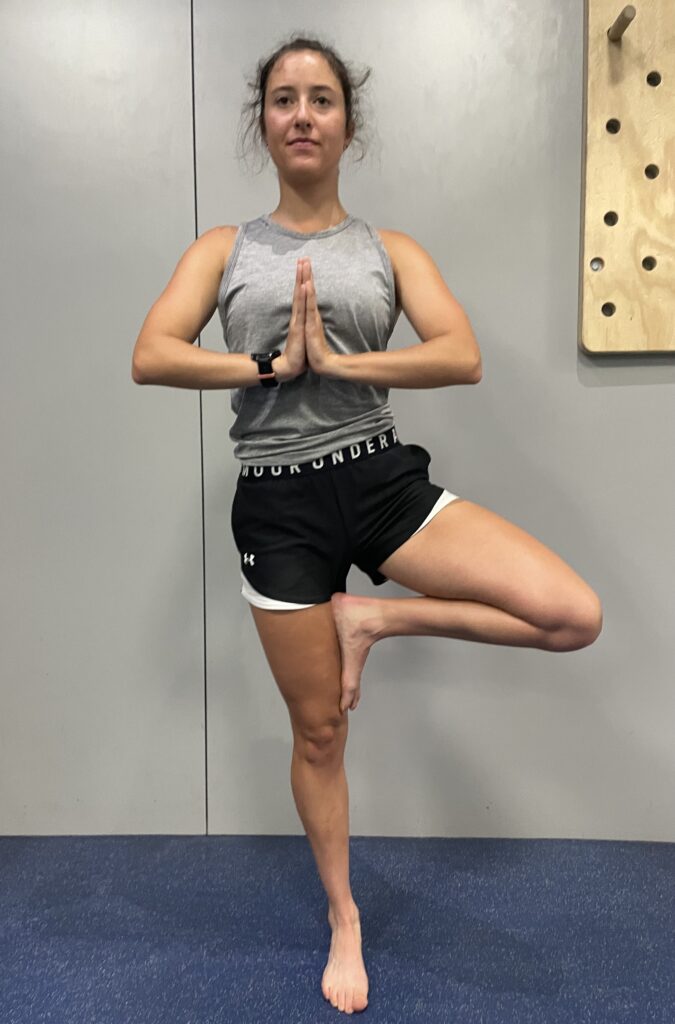
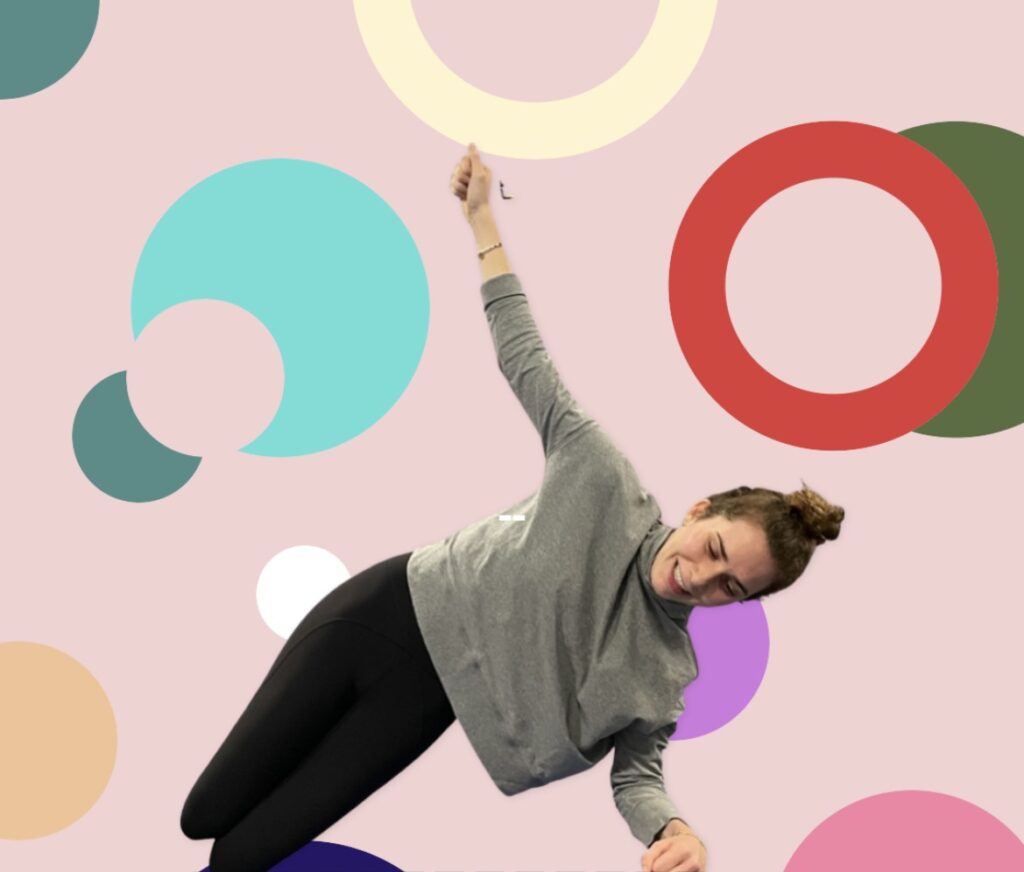






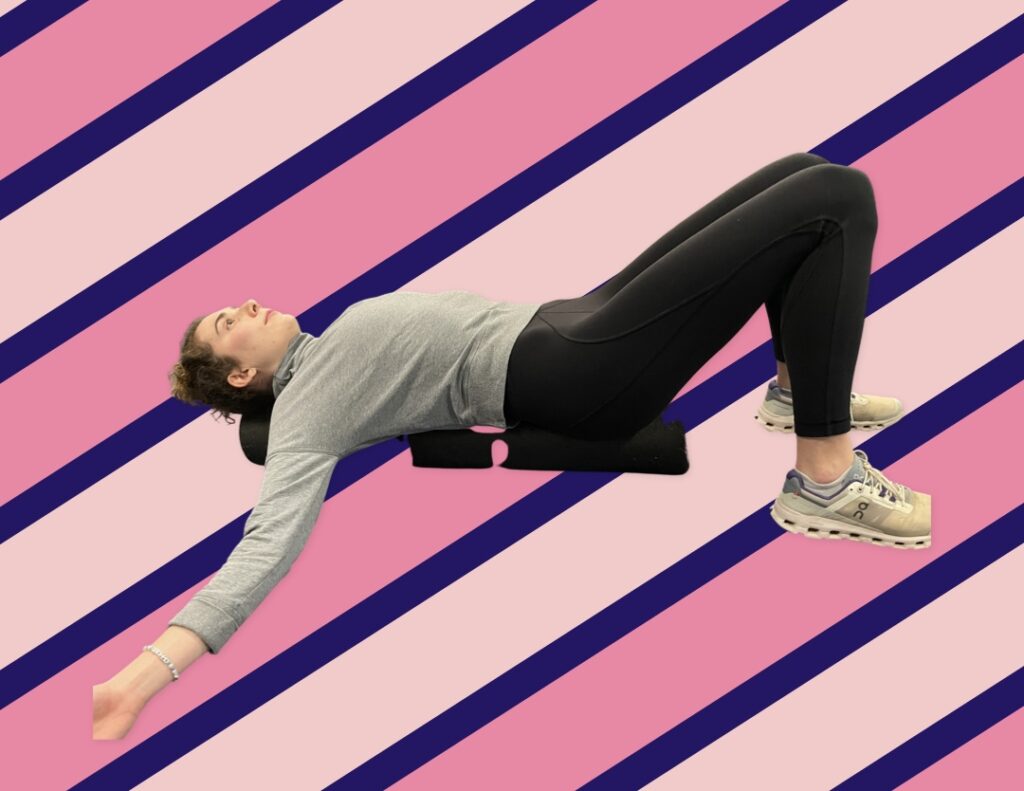

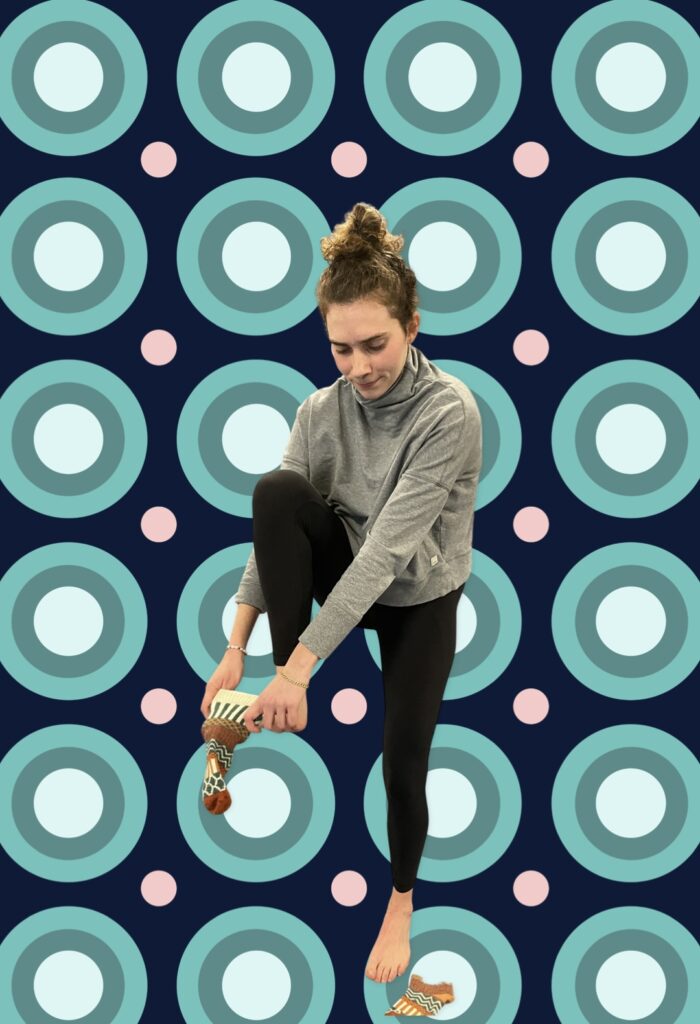

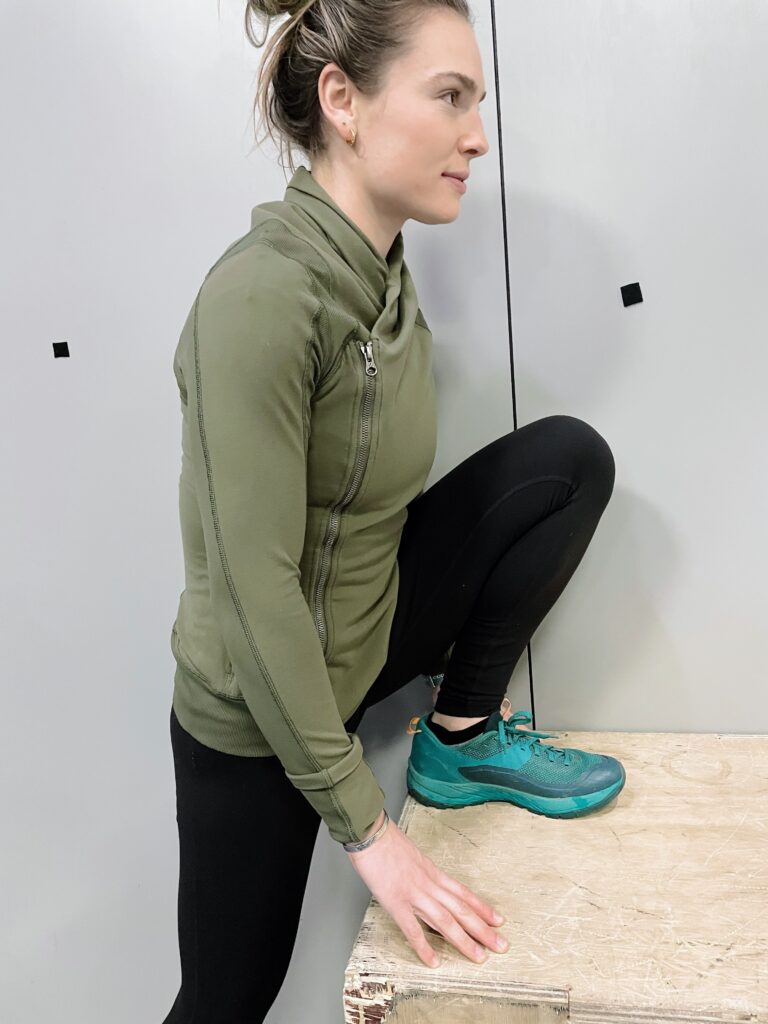
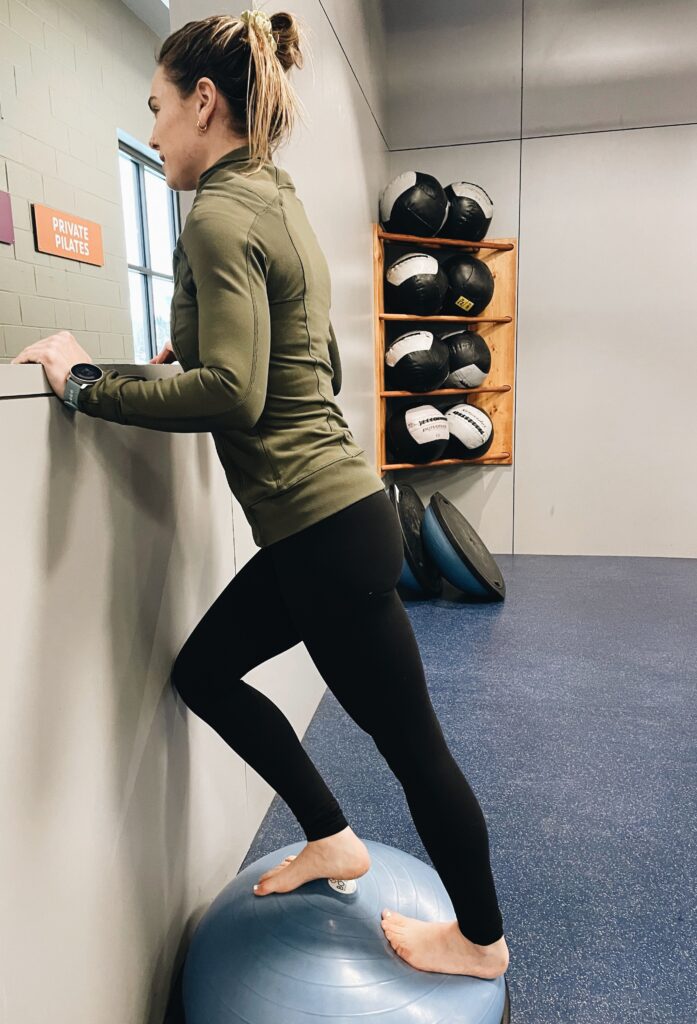

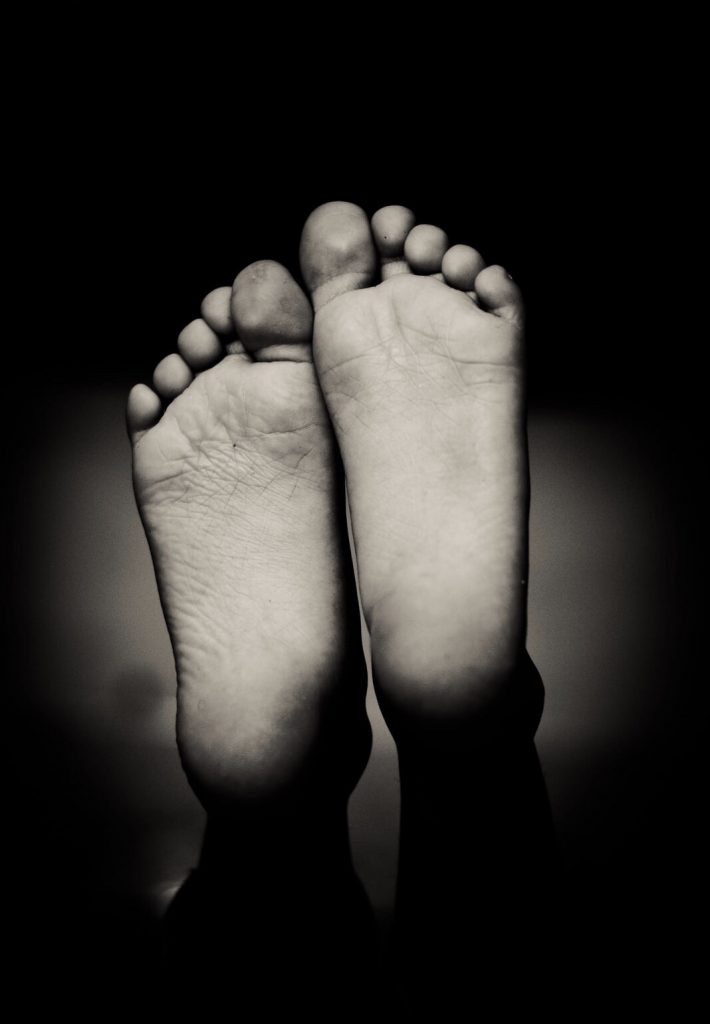
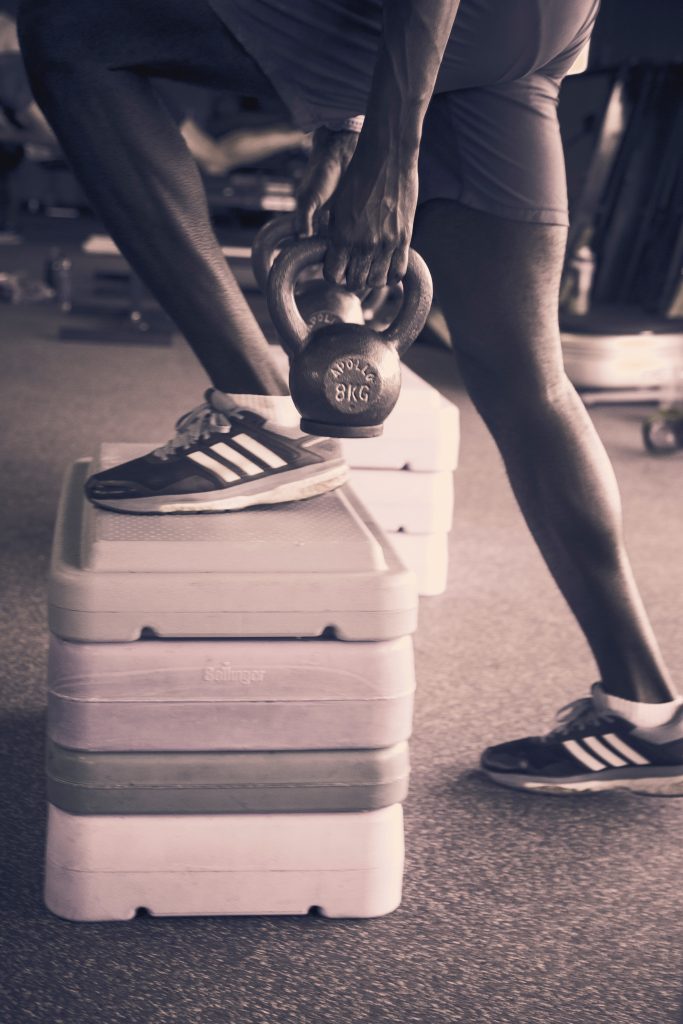 The best exercise programs don’t have to be complicated to be effective, but you need a plan. It’s not uncommon to see someone in a gym pick up a set of dumbbells, half heartily knock out a few biceps curls, and call it a day. When it comes to strength training, you need is a safe, simple and effective resistance-training program that you can perform at least twice a week.
The best exercise programs don’t have to be complicated to be effective, but you need a plan. It’s not uncommon to see someone in a gym pick up a set of dumbbells, half heartily knock out a few biceps curls, and call it a day. When it comes to strength training, you need is a safe, simple and effective resistance-training program that you can perform at least twice a week.
